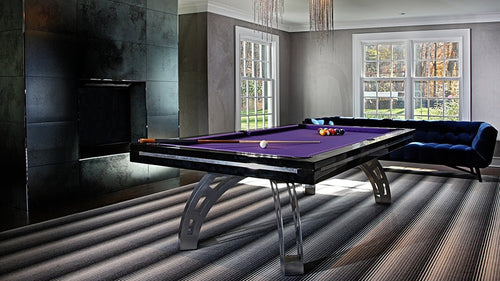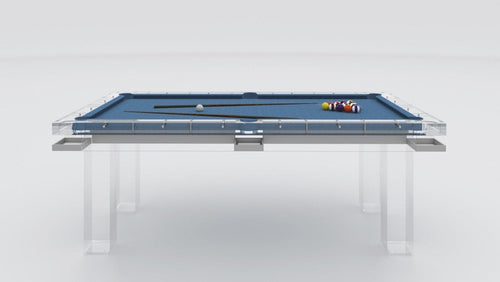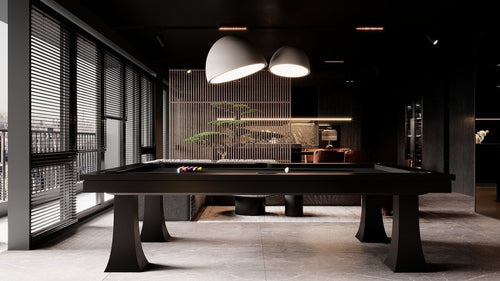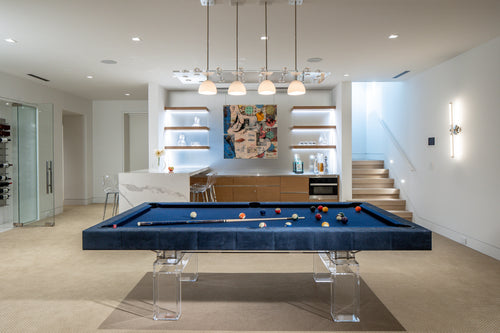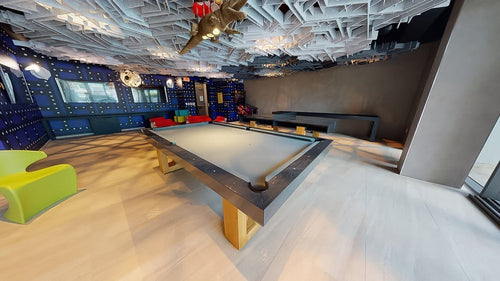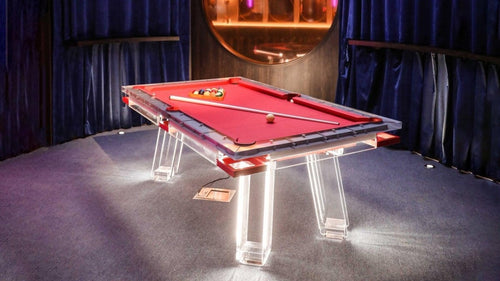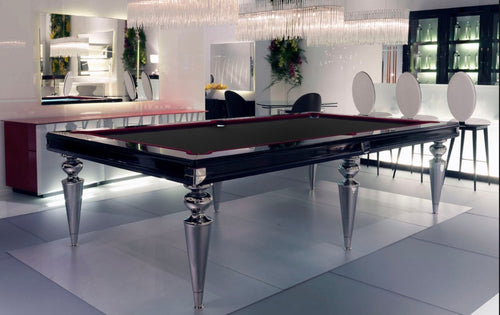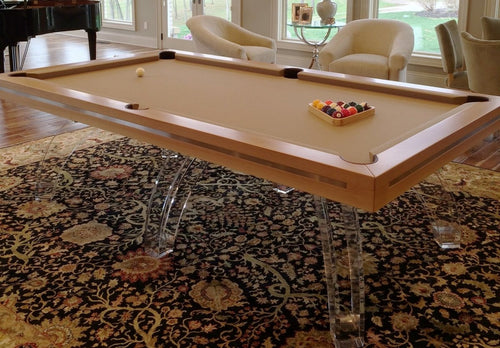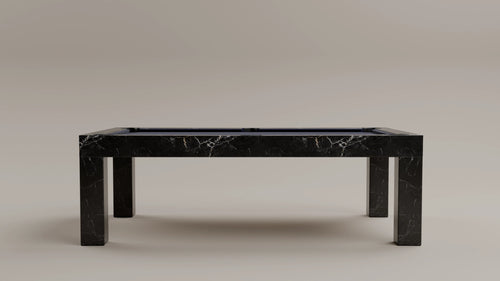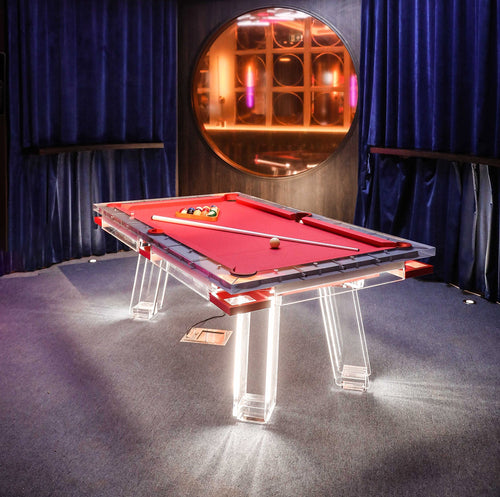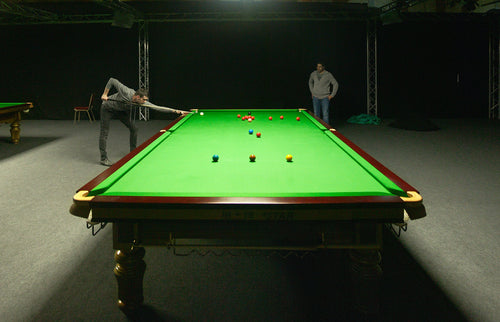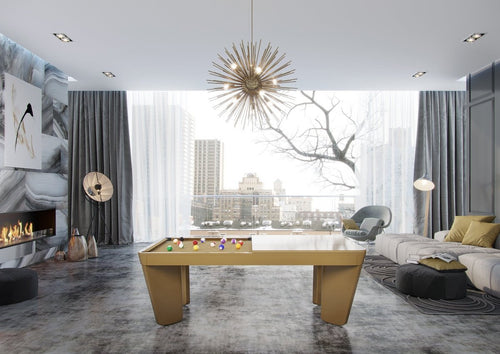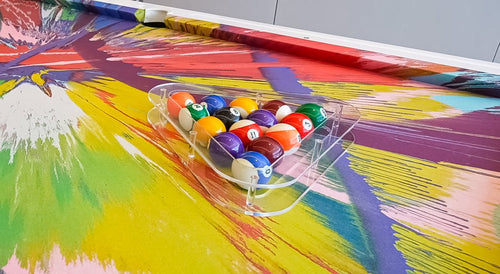Enjoy our modern designs
Estimated Read Time: 5 mins |
When we enter a well-lit room, we often take its clarity and ambiance for granted—yet lighting is among the most influential, dynamic aspects of interior design. More than a matter of brightness, effective lighting strikes a delicate balance between aesthetics, user comfort, and functional requirements. By integrating light thoughtfully, designers can transform a room’s atmosphere, guide occupants through a space, and emphasize the essence of color, texture, and form.
Understanding the Nature of Light
Light is radiant energy. Surfaces and forms become visible only when they reflect or absorb that energy. The quality of light is defined by attributes such as brightness, contrast, glare, diffusion, and color temperature. Without these factors, a room would lack the visual cues that provide shape, depth, and dimension.
Beyond Illumination: The Functions of Lighting
While enabling tasks is a core function, lighting also has far-reaching purposes:
- Spatial Navigation: Light placement can subtly guide traffic flow, highlight doorways, and define pathways.
- Focal Emphasis: Well-aimed beams or accent lights can draw attention to artwork, architectural features, or focal points.
- Atmospheric Ambience: Patterns of light and shadow cultivate drama or intimacy, shaping a room’s overall tone.
- Safety and Security: Adequate illumination deters accidents on staircases or entryways, especially at night.
- Orientation Cues: Distinct lighting zones help users understand how a space is meant to function.
Natural Light: Harnessing Daylight
Nothing compares to natural light in terms of aesthetic and psychological benefits. Interiors bathed in daylight often feel more inviting, while strategic window placement can reduce the need for artificial lighting. Designers might incorporate skylights, clerestories, or light tubes to bring daylight deeper into interiors, balancing brightness against issues like glare and heat gain.
Electric Lighting: Different Sources for Different Needs
When daylight falls short—or in spaces with minimal windows—electric lighting steps in. Various lamp types offer distinct characteristics:
- Incandescent: Warm glow and easy dimming, though less energy-efficient.
- Fluorescent: High efficacy and longer life, traditionally linked with cooler tones.
- Metal Halide: Bright, intense output, often used in large commercial spaces with high ceilings.
- LED: Energy-efficient, long-lasting, and available in diverse color temperatures.
Fixtures—whether recessed, surface-mounted, pendant, or track-mounted—determine how light disperses: direct, indirect, or somewhere in between.
Integrating Lighting with Other Interior Elements
Lighting doesn’t operate in isolation; it interacts with color, texture, form, and spatial layout:
- Color: Warm lights can deepen warm hues, while cooler lights enhance cooler palettes.
- Texture: Directional beams can highlight materials like brick, stone, or wood by casting revealing shadows.
- Form: Angled light accentuates a room’s geometry, from curved arches to layered ceilings.
- Space: Light can visually unite large areas or segment them into distinct zones.
Energy Efficiency and Codes
Modern lighting design is closely tied to energy conservation and building codes. Regulations often limit wattage and encourage the use of controls like dimmers, occupancy sensors, and timers. Daylight integration is also prioritized to minimize energy demand, aligning with sustainable design principles.
A Holistic Approach to Safety and Task Performance
Beyond ambiance, reliable lighting aids safe movement—such as on staircases—and boosts productivity. Task lighting, like focused desk lamps, directs illumination where needed, reducing the dependence on overhead fixtures. Designers must also coordinate with HVAC, electrical, and sprinkler layouts to ensure seamless integration.
Collaboration and Expert Input
Given the complexity of modern lighting—combining technical specifications, aesthetic goals, and code requirements—it’s wise to consult specialists or partner with lighting designers. These experts can advise on fixture selection, color-rendering indices, and advanced controls, ensuring the final design is both visually striking and practical.
Lighting’s Transformative Impact
Ultimately, lighting is an environmental system woven into the fabric of interior design. Whether harnessing sunlight to brighten a kitchen or installing meticulously planned LED arrays in an office, effective lighting shapes the user experience. It influences how we perceive color, texture, and space—while addressing energy efficiency, safety, and well-being.
Recognizing the interaction of natural and electric light is essential for both seasoned professionals and newcomers. When executed well, lighting surpasses simple illumination, acting as a strategic tool that guides people, sets the mood, and enriches every aspect of the interior environment.



